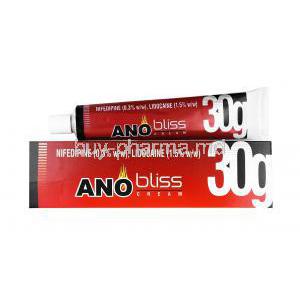Chlorhexidine Gluconate
Uses
Chlorhexidine Gluconate is used in the treatment of inflammation of gums and bad odor from mouth.
How it Works
Chlorhexidine is an antiseptic that fights bacteria causing the inflammation by attacking the bacterial cell wall thus killing the bacterial cells.
Common Side effects
Some of the potential side effects of Chlorhexidine Gluconate include the symptoms below;
Altered taste,
Application site irritation,
Blistering, burning, itching of skin
Teeth discolouration
Lidocaine Topical
Uses
Lidocaine Topical is used to reduce pain or discomfort caused by anal fissure, piles, local anesthesia, sunburn, insect bites, poison ivy, poison oak, poison sumac, and minor cuts, scratches, or burns and mouth sores.
How it Works
Lidocaine is a local anesthetic or also known as a numbing medication. Lidocaine works by blocking nerve signals from the nerves to brain which decreases the sensation of pain.
Common Side effects
Patients who take Lidocaine Topical may suffer from such side effects;
Abnormal sensation,
Application site swelling,
Skin redness
Metronidazole Topical
Uses
Metronidazole Topical is used in the treatment of bacterial skin infections and vaginal infections. Metronidazole Topical is also used in the treatment of skin lesions caused by rosacea.
How it Works
Metronidazole is known as an antibiotic. Metronidazole works by killing the bacterial cells and microorganisms that cause the infections in the body. Metronidazole does this by destroying the bacterial cells thus stopping the infection.
Common Side effects
Some of the potential side effects of Metronidazole Topical can include the symptoms below
Burn,
Irritation,
Skin redness,
Dryness,
Stinging sensation





















